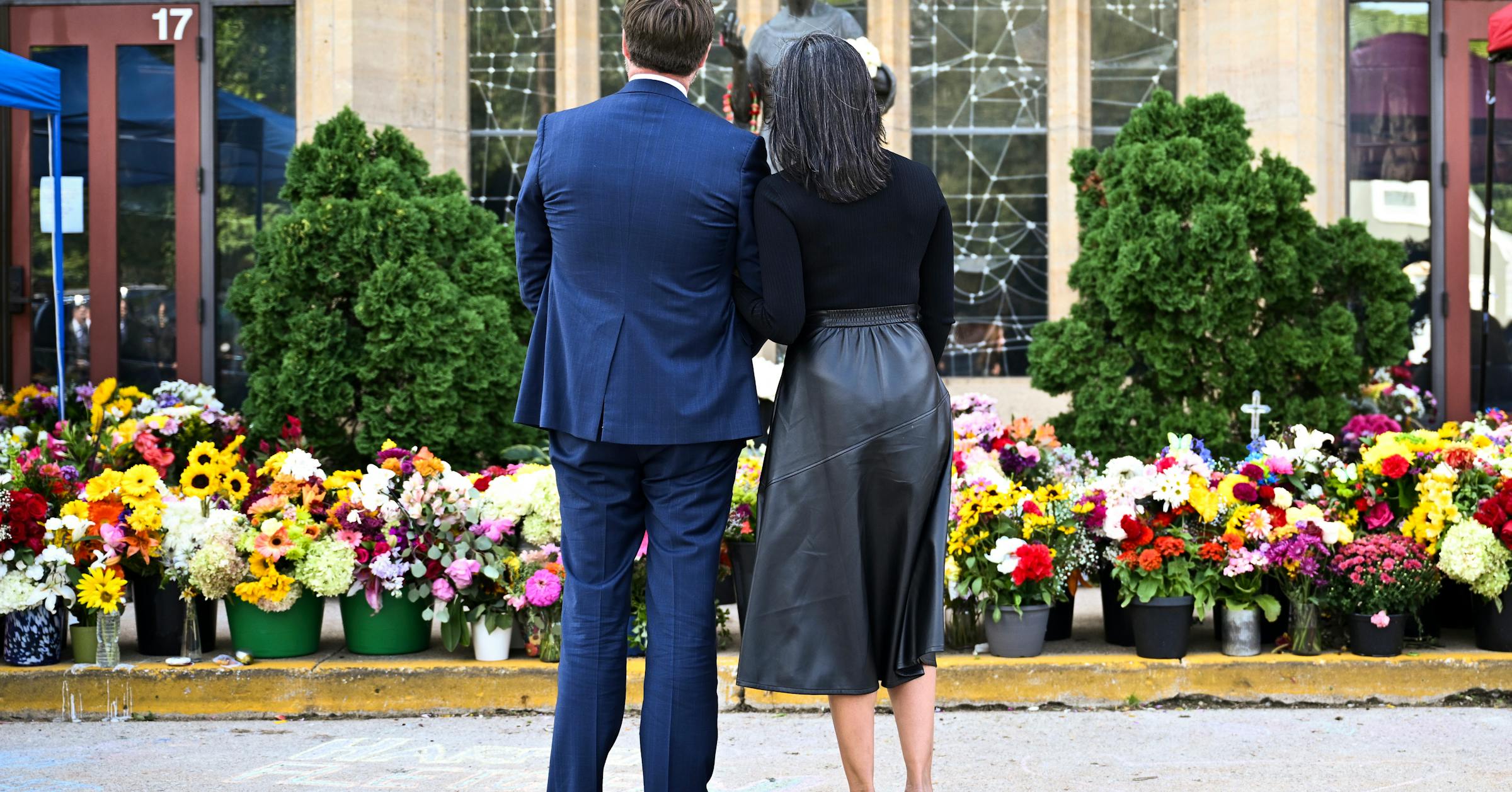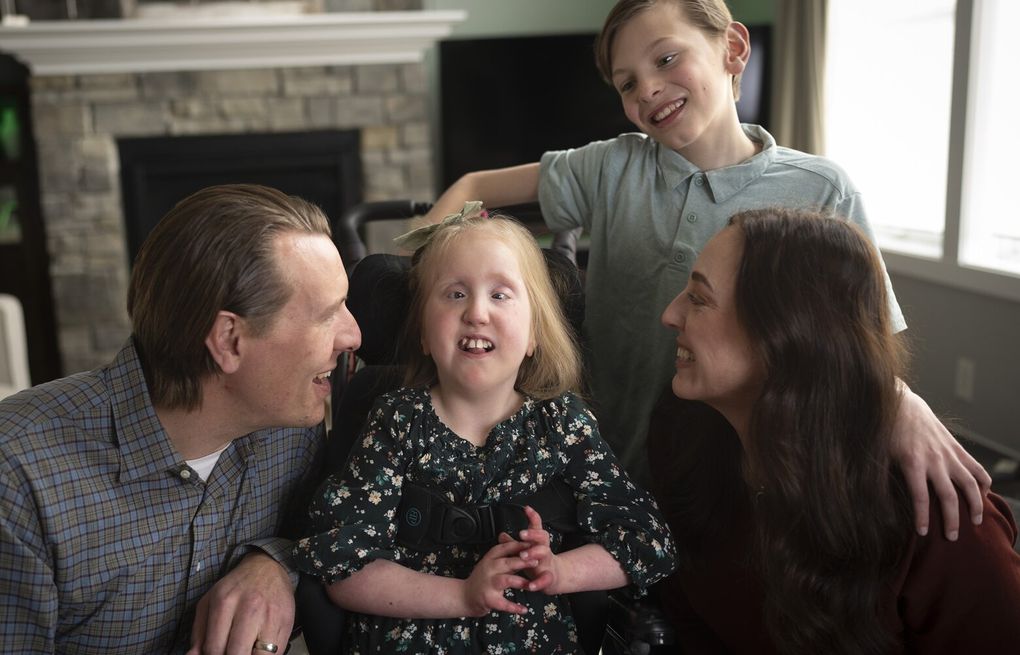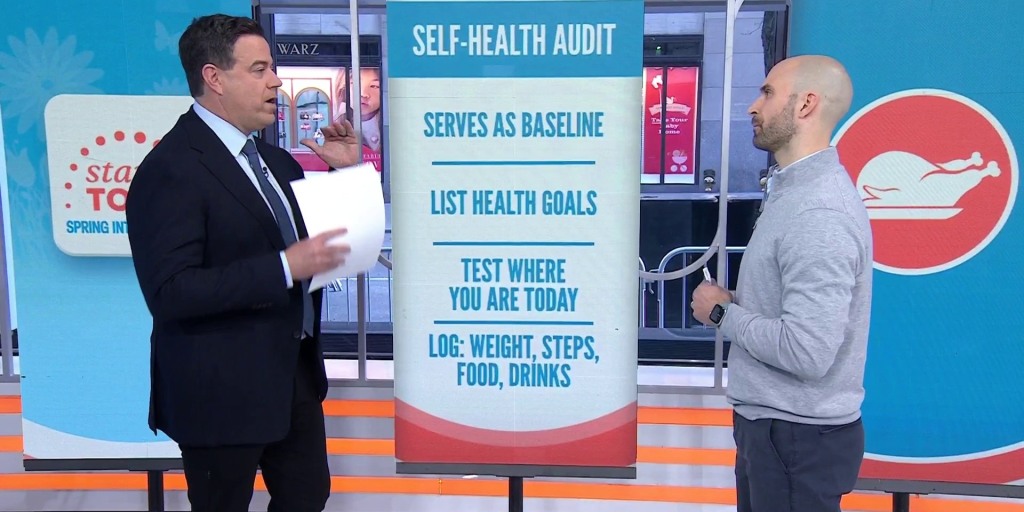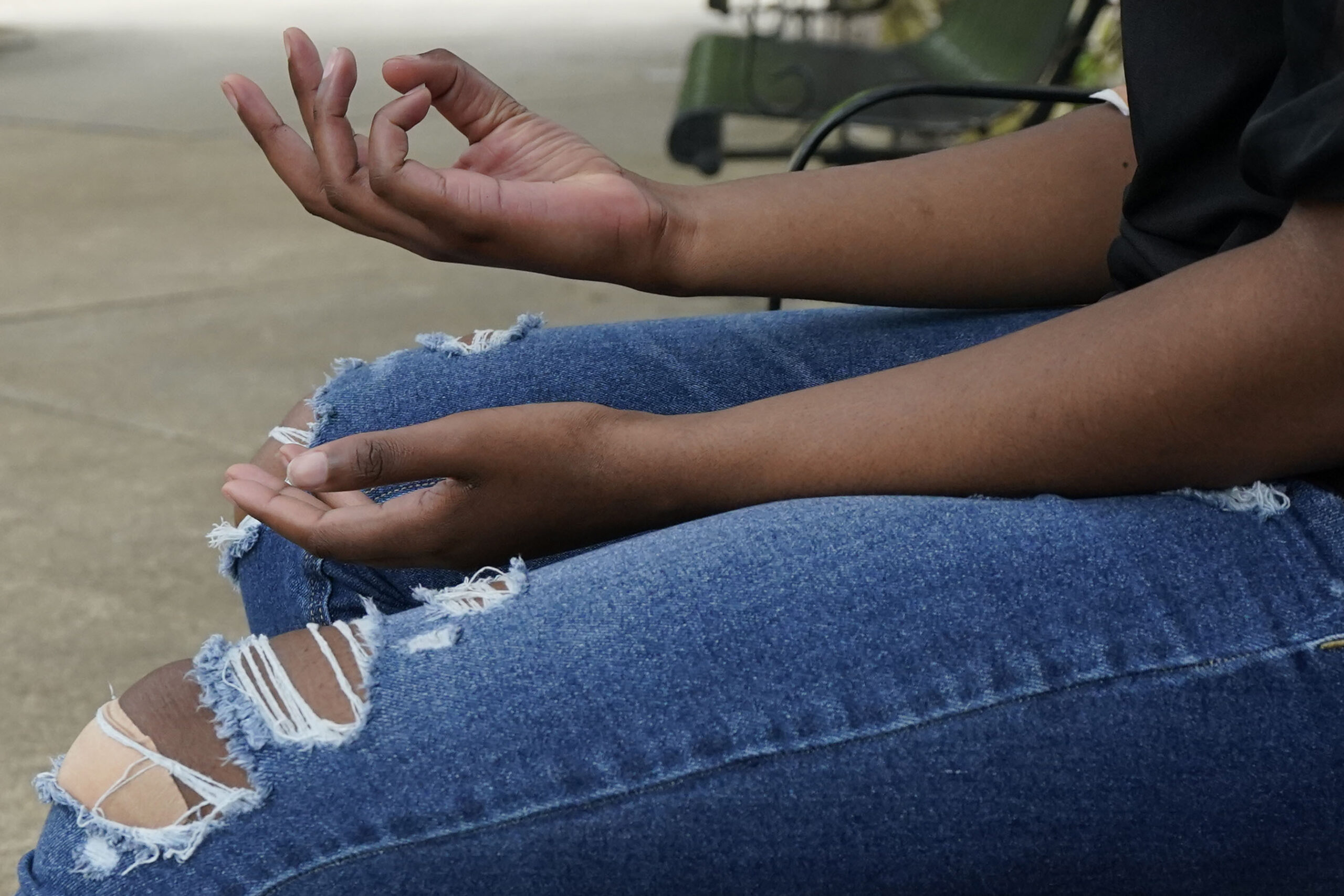Voices of Frustration: Vance's Controversial Visit Sparks Debate on Mental Health and Gun Safety Amid Legislative Gridlock

In the wake of the tragic shooting at Annunciation, Vance's tepid response suggesting he wants such incidents to happen "less frequently" falls woefully short of addressing the real issue. Why settle for reduction when we should be striving for complete prevention?
The callous language of "less frequently" reveals a disturbing complacency about gun violence. These aren't mere statistics or occasional inconveniences—these are human lives brutally interrupted, families shattered, and communities traumatized. A shooting should never be considered an acceptable, inevitable occurrence that can simply be minimized.
What our community needs is a resolute commitment to total elimination of such violence, not a passive approach that implies some level of shootings might be tolerable. Zero tolerance means exactly that—zero, not "less." Every life matters, and every potential act of violence must be systematically prevented through comprehensive strategies that address root causes and implement robust safety measures.
Vance's lukewarm stance is not just inadequate—it's dangerous. We demand leadership that sees each potential shooting as one too many, not as a problem to be marginally improved.








